Copyright 1999 by Princeton University Press
Published by Princeton University Press, 41 William Street,
Princeton, New Jersey 08540
In the United Kingdom: Princeton University Press, 3 Market Place,
Woodstock, Oxfordshire 0X20 1SY
All Rights Reserved
Fifth printing, and first paperback printing, 2002
Paperback ISBN 0-691-09256-7
The Library of Congress has cataloged the cloth edition of this book as follows
Lo, Andrew W. (Andrew Wen-Chuan)
A non-random walk down Wall Street / Andrew W. Lo and A. Craig MacKinlay.
p. cm.
Includes bibliographical references and index.
ISBN 0-691-05774-5 (alk. paper)
1. StocksPricesMathematical models. 2. Random walks
(Mathematics) I. MacKinlay, Archie Craig, 1955 . II. Title.
HG4915.L6 1999
332.63'222dc21
98-31390
British Library Cataloging-in-Publication Data is available
This book was composed in ITC New Baskerville with LATEX by Archetype
Publishing Inc., 15 Turtle Pointe Road, Monticello, IL 61856
Printed on acid-free paper.
www.pup.princeton.edu
Printed in the United States of America
10 9 8
ISBN-13: 978-0-691-09256-0 (pbk.)
To my mother
AWL
To my parents
ACM
List of Figures
First-order autocorrelation of temporally aggregated observed individual and portfolio returns as a function of the per period nontrading probability p, where q is the aggregation value and 
Loci of nontrading probability pairs (pa, pb) that imply a constant cross-autocorrelation  .10, .15, .20, .25, k = 1, q = 5
.10, .15, .20, .25, k = 1, q = 5
Cross-autocorrelation pqab(k) as a function of pa and pb, for q = 5, k=l
Distribution and density function of the range V of a Brownian bridge
Autocorrelograms of equally-weighted CRSP daily and monthly stock returns indexes and fractionally-differenced process with d = 1/4
Distributions for the CAPM zero-intercept test statistic for four alternatives with monthly data
Distributions for the CAPM zero-intercept test statistic for four alternatives with weekly data
Illustration of ordered probit probabilities pi of observing a price change of si ticks, which are determined by where the unobservable virtual price change Z*k falls
Histograms of price changes, time-between-trades, and dollar volume for the period from January 4, 1988, to December 30, 1988
Comparison of estimated ordered probit probabilities of price change, conditioned on a sequence of increasing prices (1/1/1) versus a sequence of constant prices (0/0/0)
Percentage price impact as a function of dollar volume computed from ordered probit probabilities, conditional on the three most recent trades being buyer-initiated, and the three most recent price changes being +1 tick each for the period from January 4, 1988, to December 30, 1988
Discreteness matters
Mispricing (percent of index value) for (a) December 1984 and (b) March 1987 S&P 500 futures contracts
Boundary of mean absolute mispricing as a function of time to maturity
Comparison of price indexes for NYSE stocks included in the S&P 500 Index and not included for October 19 and 20, 1987
Plot of dollar volume in each fifteen-minute interval on October 19 and 20, 1987 as a percent of the market value of the stocks outstanding separately for S&P and non-S&P stocks
Plot of fifteen-minute returns on S&P stocks versus the order imbalance in S&P stocks in the same fifteen minutes for October 19, 1987
Plot of fifteen-minute returns on S&P stocks versus the order imbalance in the same fifteen minutes for October 20, 1987
Plot of fifteen-minute returns on non-S&P stocks versus the order imbalance in the same fifteen minutes for October 19, 1987
Plot of fifteen-minute returns on non-S&P stocks versus the order imbalance in the same fifteen minutes for October 20, 1987
Comparison of various constructed indexes measuring the S&P Composite Index with the published S&P Index on October 19, 1987
List of Tables
Variance-ratio test of the random walk hypothesis for CRSP equal- and value-weighted indexes
Market index results for a four-week base observation period
Variance-ratio test of the random walk hypothesis for sizesorted portfolios
Means of variance ratios over all individual securities with complete return histories from September 2, 1962, to December 26, 1985 (625 stocks)
Spuriously induced autocorrelations are reported for nontrading probabilities 1 - p of 10 to 50 percent
Empirical sizes of nominal 1, 5, and 10 percent two-sided variance ratio tests of the random walk null hypothesis with homoskedastic disturbances
Empirical quantiles of the (Dickey-Fuller) t-statistic
Empirical sizes of nominal 1, 5, and 10 percent two-sided variance ratio tests of the random walk null hypothesis with homoskedastic disturbances
Empirical quan tiles of the (asymptotically) N( 0, 1) variance ratio test statistic z1 (q) under simulated IID Gaussian random walk increments
Power of the two-sided variance ratio test
Sample first-order autocorrelation matrix  for the 5 1 sub vector
for the 5 1 sub vector  of observed returns to twenty equally-weighted size-sorted portfolios
of observed returns to twenty equally-weighted size-sorted portfolios
Estimates of daily nontrading probabilities implicit in 20 weekly and monthly size-sorted portfolio return autocorrelations
Estimates of the first-order autocorrelation m of weekly returns of an equal-weighted portfolio of twenty size-sorted portfolios
Sample statistics
Averages of autocorrelation coefficients for weekly returns on individual securities, for the period July 6, 1962, to December 31, 1987
Analysis of the profitability of the return-reversal strategy applied to weekly returns, for the sample of 551 CRSP NYSEAMEX stocks with nonmissing weekly returns from July 6, 1962, to 31 December 1987 (1330 weeks)
Autocorrelation matrices
Comparison of autocorrelation functions
Fractiles of the distribution Fv(v)
R/S analysis of daily equal- and value-weighted CRSP stock returns indexes from July 3, 1962, to December 31, 1987
R/S analysis of monthly equal- and value-weighted CRSP stock returns indexes from January 30, 1926, to December 31, 1987
Finite sample distribution of the modified R/S statistic under an IID null hypothesis
Power of the modified R/S statistic under a Gaussian fractionally differenced alternative with differencing parameter d = 1/3
Historical Sharpe measures for selected stock indices, where the Sharpe measure is defined as the ratio of the mean excess return to the standard deviation of the excess return
A comparison of the maximum squared Sharpe measure for two economies denoted A and B
Theoretical sizes of nominal 5 percent  -tests of
-tests of  (i = 1,, n) for individual securities
(i = 1,, n) for individual securities



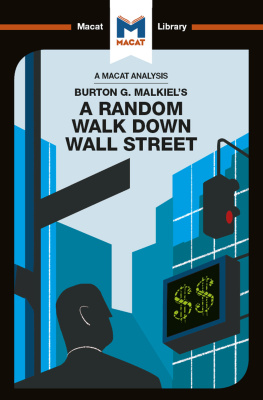
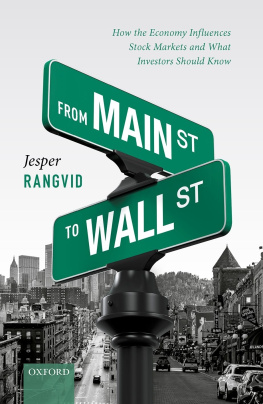
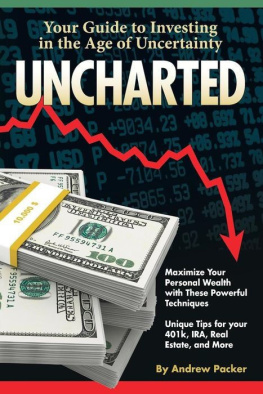

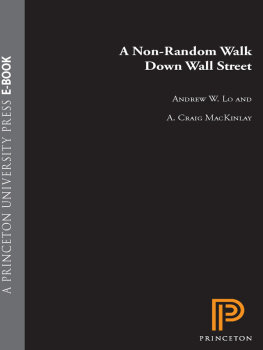

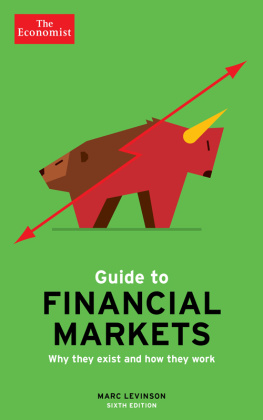

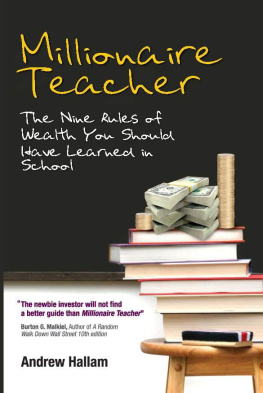
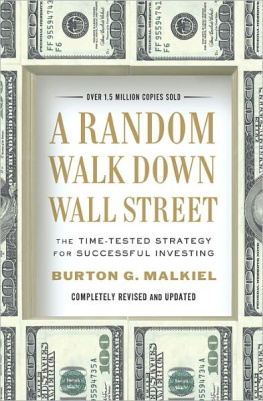


 .10, .15, .20, .25, k = 1, q = 5
.10, .15, .20, .25, k = 1, q = 5 for the 5 1 sub vector
for the 5 1 sub vector  of observed returns to twenty equally-weighted size-sorted portfolios
of observed returns to twenty equally-weighted size-sorted portfolios -tests of
-tests of  (i = 1,, n) for individual securities
(i = 1,, n) for individual securities